Everything is hackable — you can jailbreak your phone to get better apps, but you can also mod your own eyeballs to have night vision. Where do we go from there? Your libido, of course. Programmable vibrators are the new frontier in customisable gadgets, and we got a taste of what they’re like.
Two very different approaches to the hackable vibrator are sitting on my workbench/dining room table right now. One, the Master Beta Kit, is a gold bullet vibe attached to an Arduino circuit board, which is in turn attached to my laptop. The other, the Crave Flex, is a sleekly designed vibrator in matte blue, awaiting my commands as I download a small file to its memory using a web interface.
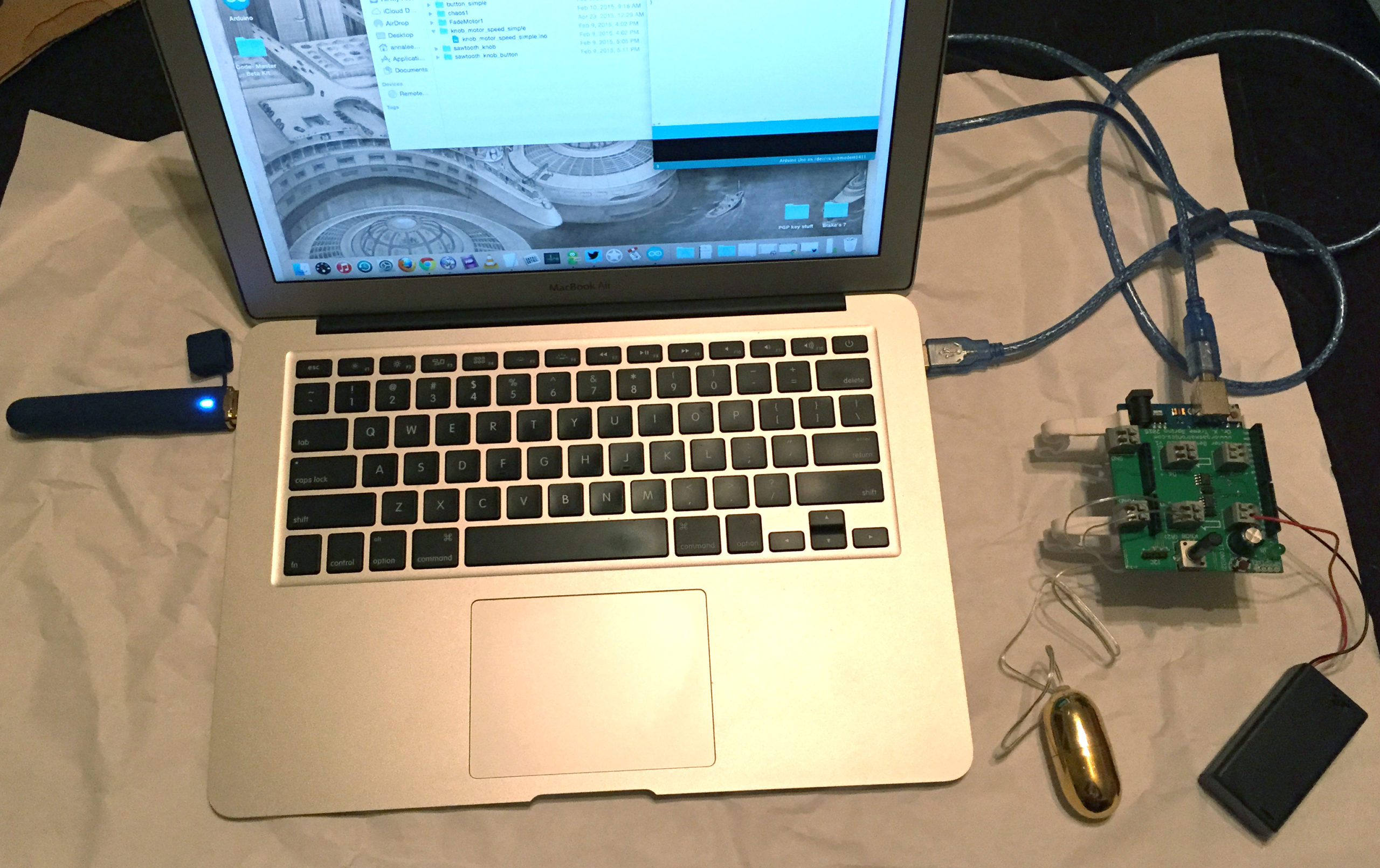
Both vibrators deliver the standard buzz, of course. But they can also be reprogrammed to give you pretty much any pattern of vibrations you might desire. Playing around with waveforms was never so viscerally satisfying.
Mad Engineer Sex
The Master Beta Kit is the ultimate DiY experience for somebody who is willing to push the envelope — technically and sexually.
Like many Arduino kits, this device is as much about playing around with Arduino as it is about the finished product. The kit will let you build the perfect strap-on dildo/clitoral vibrator combo tool. But along the way, you’ll learn about connecting electrical devices to circuit board — and you’ll use Arduino programming to control the intensity and patterns of the vibrator. Given that your vibrator is just a motor that spins a slightly off-centre weight, what you learn is actually applicable to a number of other of electronics projects you might want to tackle.
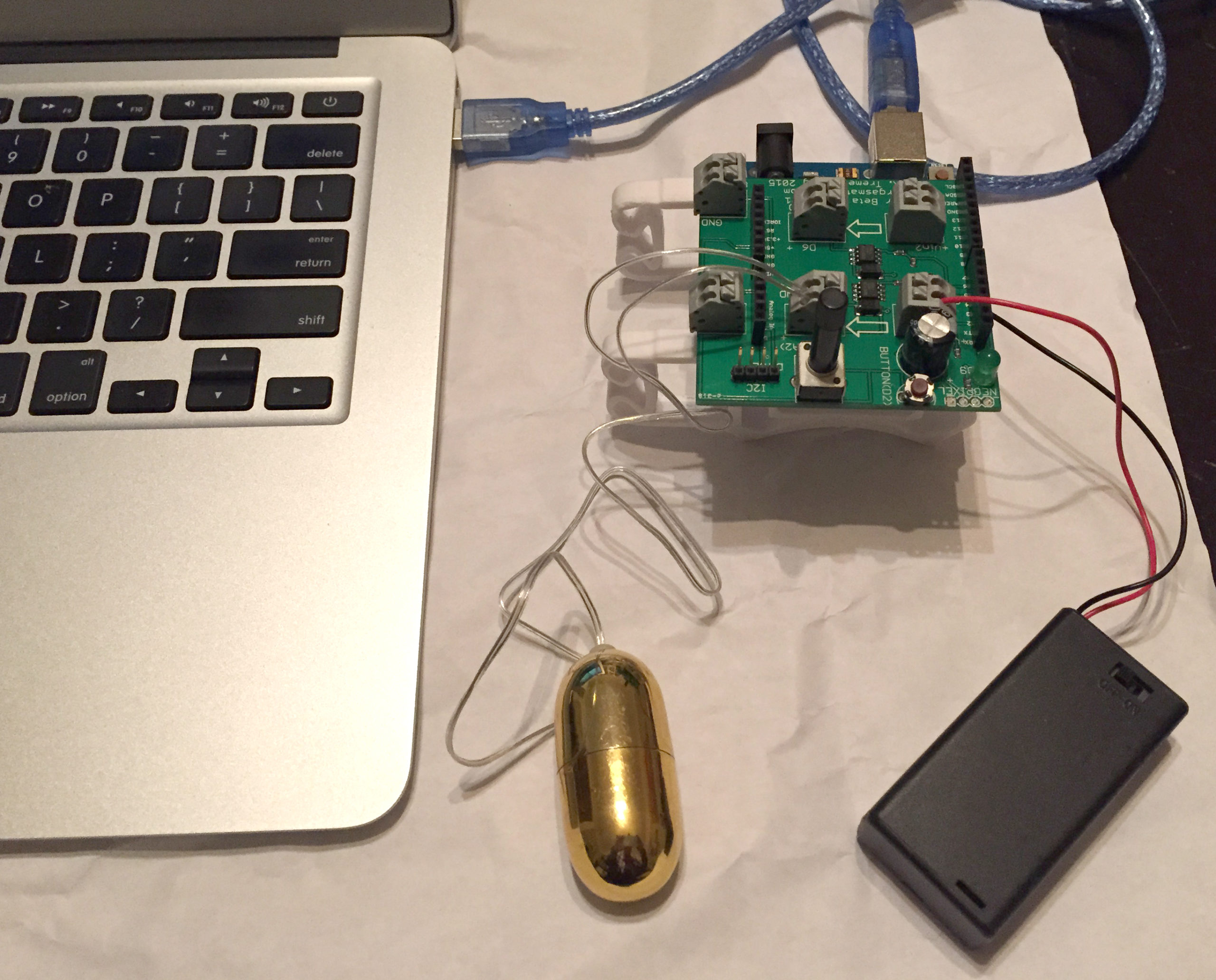
At the same time, of course, there’s the fact that when you’re done, you now have a vibrator whose every behaviour is completely under your (software) control. You can program any pattern you like. Try a new one every single time you get busy. Let your partner(s) reprogram it while you’re using it. There are a lot of intriguing possibilities here for naughty programmer sex.
That said, this rig has other charms too. Put simply, it’s incredibly hot to have an exposed circuitboard attached to your vibrator. What, you think that’s weird? Well, I’m a goddamn tech blogger, and let’s just say I didn’t get into this racket out of pure, Platonic love.
A Personalised Design
You won’t learn how to program a motor with the Flex and its sister vibe, the fork-tongued Flex Duet. But you might learn something about yourself, and the kinds of sensations you enjoy.
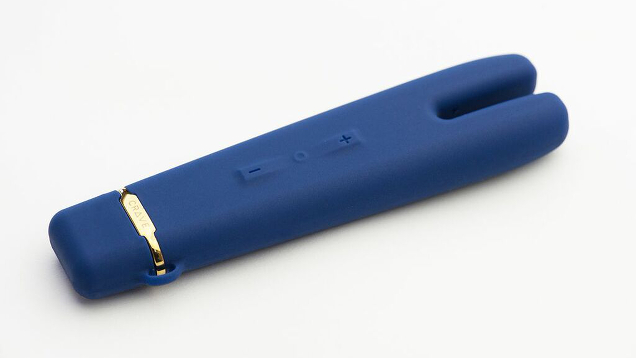
Created by designer Ti Chang for her San Francisco company Crave, the Flex is rolling out now in a crowdsourced developer version that you program via web interface. The vibe’s UI, three subtle buttons near the USB connector, offer 16 settings that you can flick through, or four patterns with four intensity levels. You can program any wave forms you want — complete with periods of no vibration at all. It’s easy to save a file with your personalised pattern to the device, and give it a whirl.
Last month I visited Chang and co-founder Michael Topolovac in Crave’s San Francisco factory/warehouse, full of rapid prototyping machines, motor testing tables, and hundreds of tiny plastic drawers full of electronics parts. (It actually wasn’t the first time Gizmodo took a trip to the vibrator factory!) For the two designers, the Flex vibes are all about the user’s experience — which is why they prefer to crowdsource the design as much as possible.
People who buy the programmable Flex vibes are invited to share data about their favourite patterns with Crave. Once Crave’s designers have enough data, they will pick the most popular patterns for the Flex series. “There are probably 15 options that would be great for 90 per cent of the world,” Chang says. “With enough data, we can get common patterns that will be compelling for large numbers of people.”
It sounds like big data for orgasm engineering, but Chang sees it as serving the community. One of her goals is to help people get comfortable talking about sexual desire. She sees Crave’s beautiful, programmable devices as conversation pieces that allow people to talk more openly about what gives them pleasure.
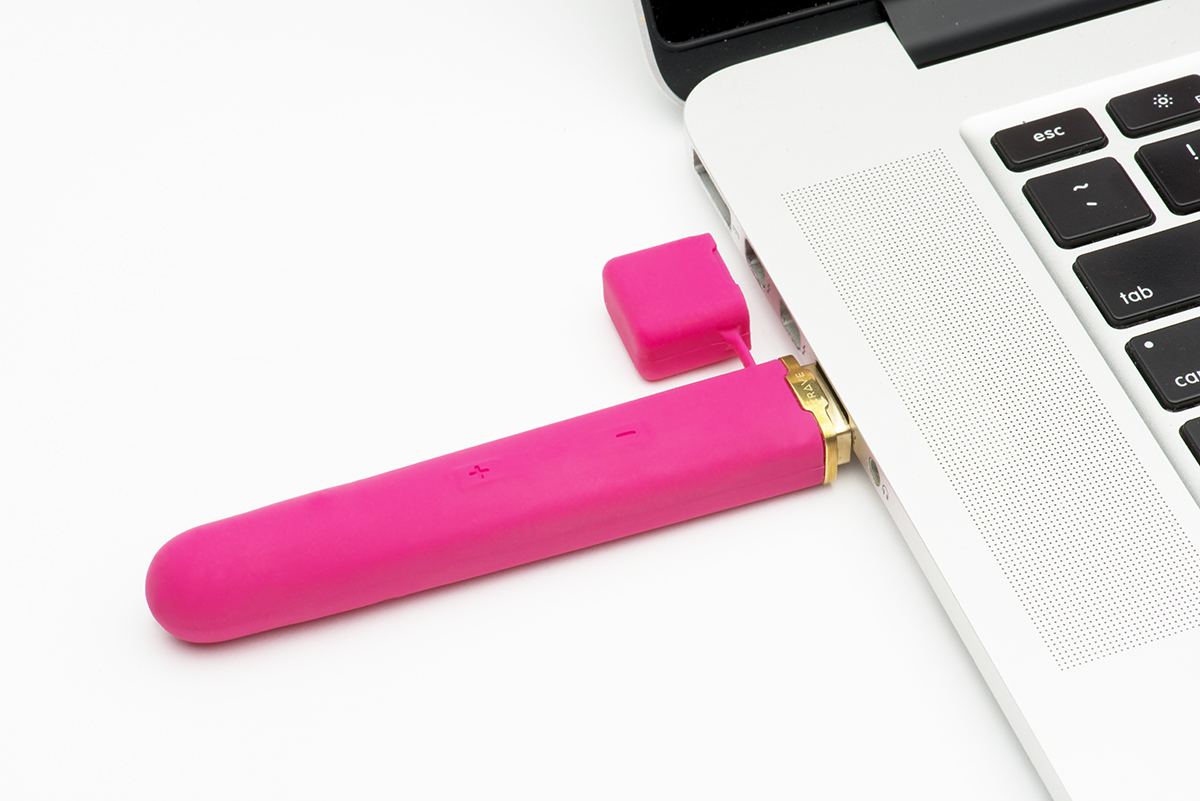
By crowdsourcing their vibrator designs, Chang and Topolovac have also learned a lot about how to market to their users.
Chang and Topolovac say they have broken down their customers into three distinct groups: the “caged adventurer” who has had a big life change and suddenly wants to do some sexual experimentation; the “sexplorer” who will try anything new just to learn more about sex; and finally the “sextablishment”, made up of people who have done a lot of adventuring and already know that they’re open to sex toys.
Taken together, the Master Beta Kit and the Flex programmable vibrator are helping to create a community that is better at building — and enjoying — devices entirely designed to induce sexual pleasure. The weird thing is that this is something vibrators have been doing for over 120 years.
Pleasure Hacking
Vibrators were among the earliest electronic devices ever made. In the late nineteenth century, doctors used them on ladies’ tender parts to cure a now-forgotten psychological malady called hysteria. Women who got overly excited, or were prone to fainting, were said to have a “wandering womb” problem. As Rachel P. Maines chronicles in her superb history of the vibrator, The Technology of Orgasm, doctors provided genital massage to relieve these “hysterical” women — who would, under the doctors’ ministrations, undergo a “paroxysm” or “crisis” followed by calm.
Yep, they were jacking women off in the name of science. And vibrators made those doctors’ jobs a hell of a lot easier. But that was during an era when most medical professionals didn’t believe women had orgasms — hence the “paroxysm” explanation for what was going on.
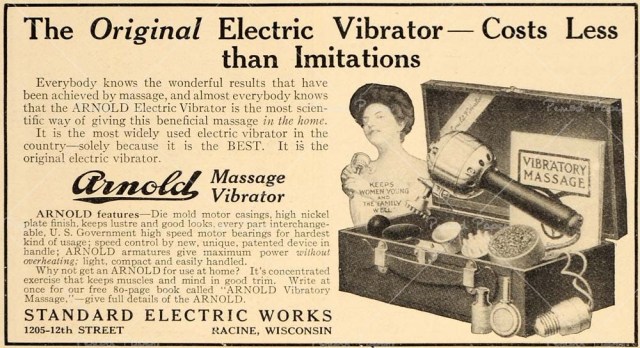
As it slowly dawned on scientists that women actually did have orgasms, vibrators went underground. Luckily, they also got more portable. In the early twentieth century, women bought “massagers” from the back pages of sewing magazines. But finally, in the early days of sex-positive feminism in the 1970s, women started to admit that those massagers actually had (ahem) other uses. The golden age of vibrator engineering had begun.
Throughout its history, the vibrator has been a human enhancement tool. It has given us new ways to have orgasms; but more importantly, it has allowed us to view our sexual lives in the context of engineering, rather than cultural taboos. Once you do that, suddenly many things become possible. Your whole sex life becomes subject to reengineering and hacking. If you think of sexual desire an ongoing engineering experiment, there is no shame in testing out new ideas. There is only the joy of exploration (with the occasional misfire — but hell, that’s engineering for you).
Sure, there are plenty of ways that you could take the “engineering sex” ethos too far. We don’t want our erotic moments to become mechanical, and nobody wants Google to suggest sex positions based on favoured vibrator patterns.
But there is a happy medium somewhere between a world where sexual desires are repressed, and one where they are squeezed by a microcontroller into blank, robotic receptacles. And that’s where the hackable vibrator lives. When you engineer your own sexual pleasure, discovery and optimisation are your goals. And that’s a lot better than secrecy and guilt.
